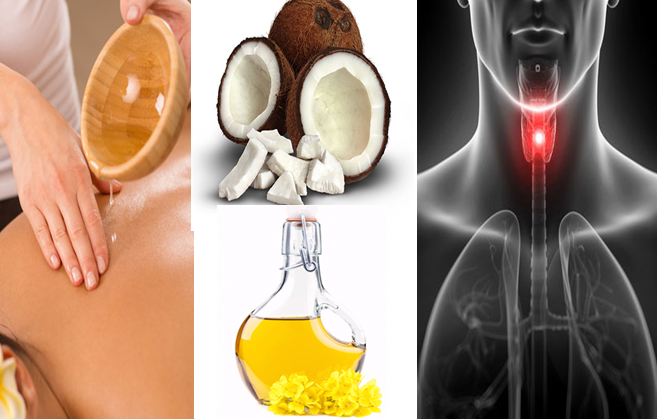Losing weight is a simple maths equation - you need to burn more calories than you consume each day. But what you eat and how you exercise can make all the difference too...
Long and slow exercise
Your total calorie burn will be greater when you exercise at high intensities, but your body burns fat stores more efficiently when exercising at low to moderate intensities. Lots of gym equipment, such as treadmills and indoor bikes, feature ‘fat-burning zones’, (essentially aerobic exercise) during which your body relies on both fat and carbohydrate stores for energy in relatively equal measure. As intensity increases, your body turns predominantly to easily accessed carbohydrates (glycogen) for quick energy.
If you aren't fit enough to really push yourself, or have something preventing you from going too hard, a lower intensity workout is ideal. It can take the form of any exercise you like that gets your heart pumping - a gym session, running outdoors, a bike ride, swim session, etc.
How do you know if you’re working in the aerobic ‘fat burning’ zone? In simple terms, you’ll feel like you’re doing exercise, but it will be relatively comfortable. The talk test is a helpful gauge – if you can hold a relatively short conversation without gasping for air you're in the right area.
The hard and fast workout
The opposite to a low intensity workout is a HIIT (high intensity interval training) workout. Just as it says on the tin, this is a workout performed at high to maximum intensity, with running, cycling and circuit training are typical activities. It’s impossible to work at near-maximum effort for long, so a HIIT session lasts anywhere up to 20 minutes. The obvious benefit is that you’ll get the same total calorie burn as a low intensity workout in far less time. So a low intensity run that might take an hour could have the same calorie burn as a 15 minute HIIT session, great if you’re strapped for time.
Your body will predominantly work anaerobically in a HIIT session, which means you'll generate energy for exercise without oxygen. The benefit of using anaerobic sources for energy fuel is that it causes physiological adaptations in your body that will help you run/swim/cycle faster and harder for longer.
Up your muscle mass
When it comes to burning fat, body composition makes all the difference. Muscle burns calories more than fat, even when at rest, so the more muscle mass you hold, the better. However, this doesn’t mean you need to build muscles like Popeye – simply toning up and changing the balance of your unique body composition from less fat to more muscle will help with weight loss.
Resistance training is the best way to build muscle and a strength training programme, specifically designed for weight loss, combined with a cardio routine will help you shed pounds and develop muscle tone rather than bulk.
Know where your calories come from
Your body uses nutrients in different ways, so it’s helpful to be aware where your calories come from. Dietary fat, for example, is more ‘fattening’ than protein or carbs because it's less likely to be used to build your body. By weight it also contains more than double the calories of carbs and protein. The body uses protein, carbs and fat in the following ways:
Carbohydrates are the body’s main energy source and it’s the nutrient the body favours to fuel exercise, but too much can lead to weight gain.
1 gram of carbohydrate = 4 calories.
1 gram of carbohydrate = 4 calories.
Protein helps to build muscle, and more muscle leads to a higher metabolism. The body also burns more calories metabolising protein than it burns to metabolise carbs or fat in a process known as the ‘thermic effect’ of food.
1 gram of protein = 4 calories.
1 gram of protein = 4 calories.
Fat, in moderate amounts, supports vitamin absorption and helps manufacture hormones, but eat too much and there’s little the body can do with it other than store it.
1 gram of fat = 9 calories.
1 gram of fat = 9 calories.
The calorie balance
To be precise, when it comes to losing weight alongside an exercise programme, you need to work out your unique Total Daily Energy Expenditure. This can be as scientific as you want to make it – but online calculation tools are a good starting point.
To get a rough idea of how many calories your favourite activities will burn take a look at our guide to calorie expenditure.

























0 commentaires: